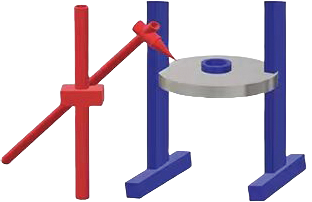Key Precautions for Safe and Efficient TIG (GTAW) Welding
Tungsten Inert Gas (TIG) welding, also known as Gas Tungsten Arc Welding (GTAW), is a precise and versatile welding method widely used for high-quality joins in metals like stainless steel, aluminum, and copper. To ensure safety, efficiency, and optimal results, follow these essential precautions:
1. Proper Equipment Setup
- Check Gas Flow: Use 100% argon or an argon-helium mix for shielding gas. Ensure flow rates are correct (typically 10–20 CFH) to prevent contamination.
- Tungsten Electrode Selection: Choose the right tungsten type (e.g., pure, thoriated, or ceriated) and grind it to a sharp point for DC welding or a balled tip for AC.
- Secure Connections: Inspect hoses, cables, and torch components for leaks or damage before welding.
2. Workplace Safety
- Ventilation: Work in a well-ventilated area or use fume extraction to avoid inhaling harmful gases.
- PPE: Wear a welding helmet with proper shade (e.g., #10–13), heat-resistant gloves, and flame-retardant clothing.
- Fire Hazards: Keep flammable materials away, and have a fire extinguisher nearby.
3. Welding Technique
- Clean Base Metal: Remove oil, rust, or oxides from the workpiece to prevent porosity and weak welds.
- Torch Angle: Maintain a 15–20° angle for better gas coverage and arc stability.
- Travel Speed: Move steadily to avoid excessive heat input or uneven penetration.
4. Post-Welding Care
- Gas Post-Flow: Allow shielding gas to flow for 1–2 seconds after stopping to protect the cooling weld.
- Tungsten Maintenance: Re-sharpen or replace the electrode if contaminated (e.g., by touching the filler rod).
5. Automation Considerations (for Auto-TIG)
- Calibrate Settings: Adjust amperage, pulse frequency, and travel speed based on material thickness.
- Monitor Seam Tracking: Ensure the automated system follows the joint accurately to avoid defects.
By adhering to these guidelines, welders can achieve clean, strong welds while minimizing risks. Always refer to manufacturer manuals and industry standards (e.g., AWS/ISO) for specific applications.



